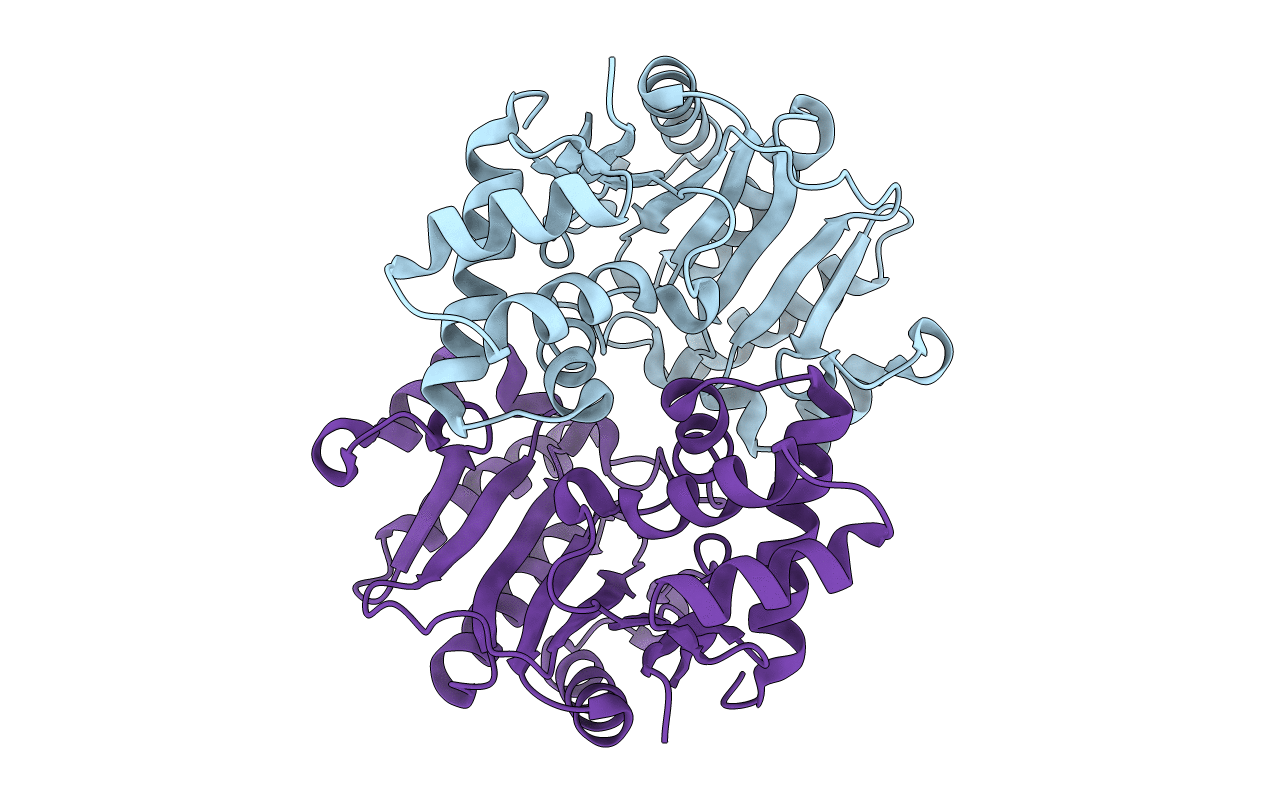
Deposition Date
2014-11-11
Release Date
2015-03-11
Last Version Date
2024-10-30
Entry Detail
PDB ID:
4RSW
Keywords:
Title:
The structure of the effector protein from Pseudomonas syringae pv. syringae strain 61
Biological Source:
Source Organism:
Pseudomonas syringae pv. syringae (Taxon ID: 321)
Host Organism:
Method Details:
Experimental Method:
Resolution:
1.90 Å
R-Value Free:
0.22
R-Value Work:
0.19
R-Value Observed:
0.19
Space Group:
P 41


